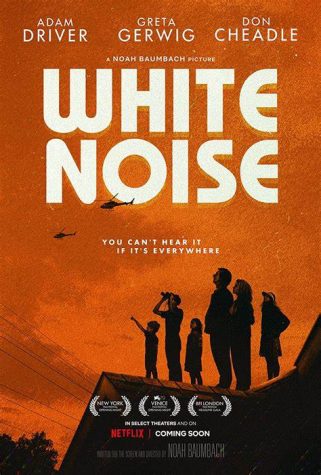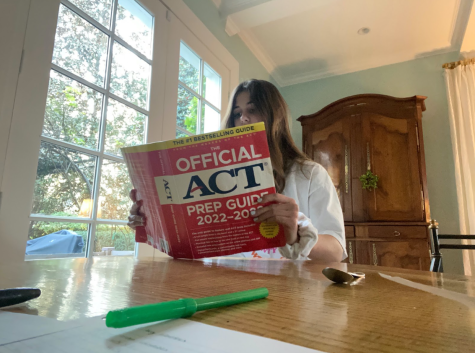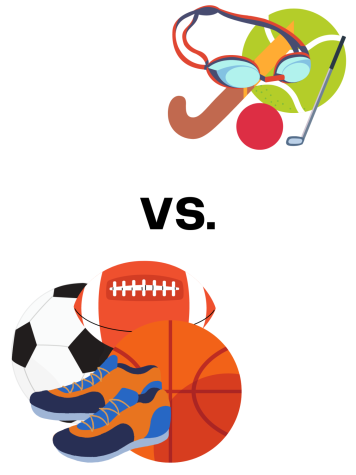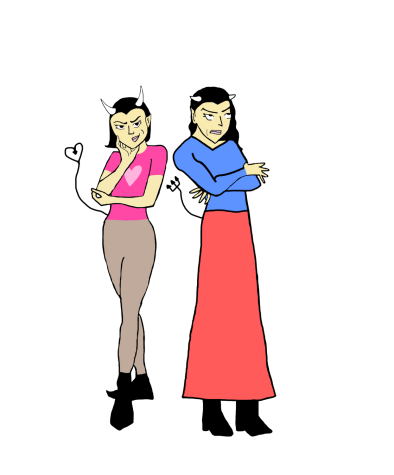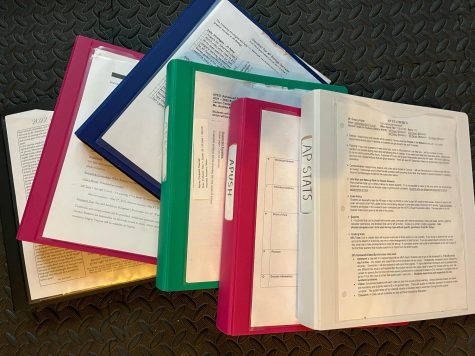Thirteen Problems with ’13 Reasons Why’
May 25, 2018
I preface this first by saying that nothing about this post is a joke or satirical. In no way would I, nor anyone on the Pine Whispers staff take the issues surrounding this topic lightly. Secondly, I will not be watching the second season of this show as I found the first to be incredibly insensitive and inappropriate. With that, I present to you thirteen reasons why “13 Reasons Why” is disgusting.
- Discrepancies between the book and show… unlike the age old debate of movies vs. book, the glaring differences seen between Jay Asher’s 2007 bestseller and Bryan Yorkey’s Netflix TV show actually play a huge role in the issue. In the novel, there is no school shooting plot, nor is there a lawsuit filed. Also, the end of Hannah Baker’s life was simply regarded as “swallowing a handful of pills” as opposed to minutes of the disturbingly graphic scene. As with any TV or film adaptation, things are going to be dramaticized but the fine line surrounding that when speaking of suicide has clearly been crossed.
- Abundance of trigger scenes… Twitter user @lovesickpalaces posted a complete episode by episode timestamp guide of trigger warnings ranging from vomiting (for those who question why, these scenes can be difficult for those who struggle with or have struggled with eating disorders) to the graphic major scenes previously mentioned. All in all, she noted 41 triggering instances, scenes that bring up incredibly difficult and/or negative memories for people who struggle with the issues being discussed.
- With that, a lack of trigger warnings… while some argue that, “there are no trigger warnings in real life” and I tend to believe that, when watching a show, viewers should be granted trigger warnings that give them plenty of head’s up before a distressing scene takes place. With season two, there is an addition of a disclaimer at the beginning of every episode, giving an overview of events in the episode to warn viewers. However, many like myself still argue that this is simply not enough given the graphicness of some scenes and think there should be another disclaimer before the individual scene.
- Said disturbingly graphic scenes… the final scene of season one made headlines almost instantaneously as viewers reached the final episode and were met with a four minute incredibly graphic scene of Hannah Baker ending her life via slitting her wrists, by no means shying from the showing of blood or the act itself. Personally as someone who struggles with hearing about that topic as a whole, I got sick and did not ever finish the particular scene. This year, the final scene of season made headlines with a graphic beating and rape scene. There is a time and place for depicting how things actually happen but most viewers agree that even then, these scenes, along with many others go much too far.
- Violation of regulations… the Ohio Suicide Reporting Guidelines are similar to others of similar content and are also respected and regarded as valid as a checklist of things that journalists should check before publishing anything regarding suicide. Upon release of season one last year, lots of journalists and non journalists alike were outraged by the almost “step-by-step guide” that the show provided of how to commit suicide as well as the general inconsistencies and flaws in the conversation had about the issue.
- Suicide as a revenge method… Hannah Baker makes thirteen notorious tapes that are meant to in a way provide insight as to why she killed herself but more so, they almost serve as an “eff you” to everyone who has a tape. They are the ones who Baker blames for her own actions and death and while yes, people will remember someone who passes, suicide does not exact revenge.
- Glamorizing suicide… at this point and I am sure throughout the remainder of this list, this point will become redundant but truly, the show handles suicide so poorly. Specifically speaking of glamorizing it, many criticize the fact that the show and its characters are simply wrapped up in the drama left by the suicide rather than the discussion of the act itself.
- Non prevention minded suicide conversation… both seasons of the show portray all of the things that people did wrong. While it is important to note who could have spoken up, what signs could have been picked up on, at no point does the plot include something that people did right, thus it does not aid the conversation that is suggested today of thinking of suicide in a prevention mindset.
- Missing the mark of relating to today’s events… season two does not shy away from current events what with a rape trial and the addition of social media’s influence that was never originally brought up, both pointing to the #metoo movement. While these are important and relevant issues, the show does not discuss them subtly which in this case is how they need to be introduced.
- Unrealisticness of Liberty High… I think that if any of these points can be argued, it is this one. But still, there is enough evidence to back up the claim that Liberty High is incredibly unrealistic. As with most shows, the actors that are portraying sophomores are really in their early twenties but in “13 Reasons Why” the high schoolers also all now have several tattoos, oddly unhealthy relationships with their parents, and an unresponsive administration. While sure, these aspects may shine through in some schools, it is hard to believe that RJR is not the only school that does not function near as badly as Liberty does.
- Potential for copycats… like previously mentioned, there has been vocalized frustration surrounding the “step-by-step guide” that some think the final episode of season one brings to the table. Following the release of said episode, Dan Reidenberg, the executive director of the Suicide Awareness Voices of Education said that people in the professional/psychological community were genuinely concerned about the potential for copycat suicides following the show’s release as it realistically never presented a real argument or example those considering not to do so. If you are someone who is still at #11 really debating if this show has no negative effect, to explain why Google searches of “how to kill yourself” rose 20% within 20 days after the show’s release.
- Creators refusing to see the problem… established media outlets, The Parents Television Council, as well as Twitter users pleaded with Netflix following the release of the first season, to cancel the show and/or delay further production. However, that obviously did not happen. In previous interviews, executive producer Selena Gomez has said the show has “good intentions” but regardless of the backlash that she and other top creators on the show have received, little to nothing has been said in admittance of the topic being handled poorly, by little to nothing I mean they added a disclaimer.
- Lack of awareness… at the end of the day, the problem with “13 Reasons Why” is a pure lack of awareness surrounding the issues. While Asher’s novel was a best seller among a wide audience, one of the greatest demographics is teenagers and young adults, especially female. Thus when the show was created, the cult following that the book had among reeling and emotional teens, an age group where suicide is the leading cause of death second only to unintentional accidents, carried over to the TV show with hopes of something just as great but the fact that the leadership of the show thinks nothing of real world problems and how the discussion around the events is supposed to go, the show is not only a letdown but overall is not beneficial and as such should not be promoted or supported.
If you need help, reach out to any trusted teacher or staff member at RJR.
If you are in crisis, please call the National Suicide Prevention Lifeline at 1-800-273-TALK (8255) or the Suicide Crisis Line at 1-800-784-2433.
If you have experienced sexual violence and are in need of crisis support, please call the RAINN Sexual Assault Hotline at 1-800-656-HOPE (4673).





